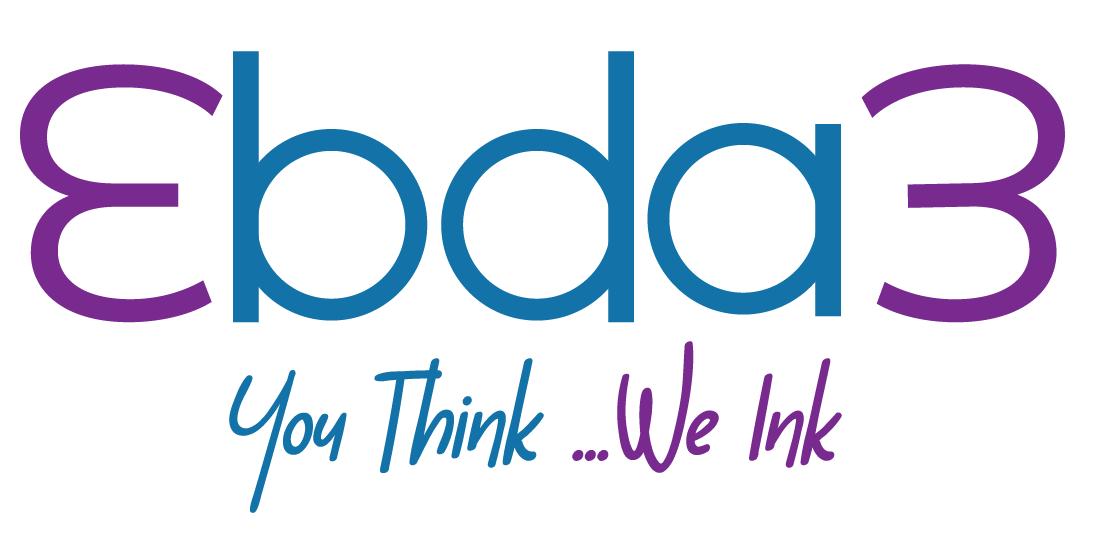4 Steps for an Effective Content Internationalization Strategy

Localization is the practice of adapting your brand’s content (like websites or apps) for a foreign audience.
Localization starts with language translation, but it doesn’t end there.
Content localization is all about making sure your audience can understand your content in the right context.
You need to be considering content localization to improve your user’s experience on your website.
Aim to make their experience as personalized and as easy and enjoyable as possible, and you’ll find that it’s easier to convert traffic into customers or clients.
What is Content Localization Strategy?
Effective content localization tailors your marketing strategy to the unique cultural nuances and preferences of a different country.
Localization makes your content feel authentic to a target audience in an international market.
Even the biggest brands can falter when they fail to properly localize their content.
Benefits of a Content Localization Strategy
- Localized content experiences better engagement than non-localized content due to targeted relevance and the audience’s ability to easily understand the context.
- Users have come to expect local relevance.
Businesses that localize content can expect to see higher conversion or inquiry rates and lower bounce rates.
It’s all about improving customer satisfaction.
- Increasing traffic, conversions, and revenue.
Adding different languages to your website can dramatically increase your traffic and your brand’s reach. According to studies, most foreign shoppers only purchase products from a brand whose content they can understand.
A solid content localization strategy gives you a competitive advantage.
- Boosting consumer trust.
Customers naturally have more trust in eCommerce and online businesses that have taken the trouble to translate their websites into their native languages.
They’ll engage more when content is localized to their culture.
People appreciate brands that understand the value of personalized marketing. Build trust by translating your website into your customers’ languages.
4 Steps to Build a Content Localization Strategy:
1- Establish Your Target Markets and Languages
The first step of building your localization strategy is deciding which locales to target, and what languages to include.
So, what’s the best way to get started? Here’s what we recommend:
View your analytics:
Website analytics can uncover untapped markets that might need multilingual websites.
Many online platforms like Google, YouTube, Facebook, and Twitter have built-in analytics.
Use this data to sort and filter your audience by location.
Do market research:
Next, perform some research to find out if your product or site is a good fit for a local market.
The best market for your content will depend on what you’re offering to consumers.
Start small and scale your efforts:
Generally, you should expand your content into a few new locales at a time and scale from there.
As you develop your approach, use style guides and glossaries to take plenty of notes on cultural nuances, jargon, and market-specific differences.
Cultural sensitivities, preferences, and consumer trends will vary a lot depending on the target market.
market.
2- Choose What You Want to Localize
After you decide whom to target, it’s time to figure out what content you want to localize for your new audience. You can localize anything, from websites to apps and social media posts.
It’s typically best to start with your most popular content and scale from there. After all, localizing existing content is much more affordable than creating new international content from scratch.
3- Find the Right Translation Partners and Tools
Next, you should decide which translation and localization tools you want to invest in. Although it’s tempting to use free machine translation tools for big projects, you might get what you pay for. AI tools like Google Translate are prone to errors, context mistakes, and formatting issues.
Instead, hire a professional translator who has expertise in your target culture and language. Most global brands find skilled translators through LSPs (language service providers). These companies have a roster of certified translators and local experts for hundreds of languages. Professional translators are often native speakers with a deep understanding of cultural differences.
Even if you hire the best translators, managing your translations and keeping them up-to-date is almost impossible without the right tools. You’ll need to invest in software that can help support your content localization process. Many top brands rely on translation management systems (TMSs) to streamline their localization efforts.
A good TMS will simplify your localization process to make translations, content updates, and publication a breeze. Look for a TMS that integrates with the platforms you already use—like WordPress, Wix, Squarespace, Shopify, or Salesforce. The most advanced translation tools on the market today use automated content detection and delivery for a file-free approach to managing translations.
4- Measure Your Success
After you localize your content, it’s time to see how well it’s doing. Measuring the ROI of your efforts can help convince stakeholders to continue investing in localization.
Learn more about: Content Localization and Translation





